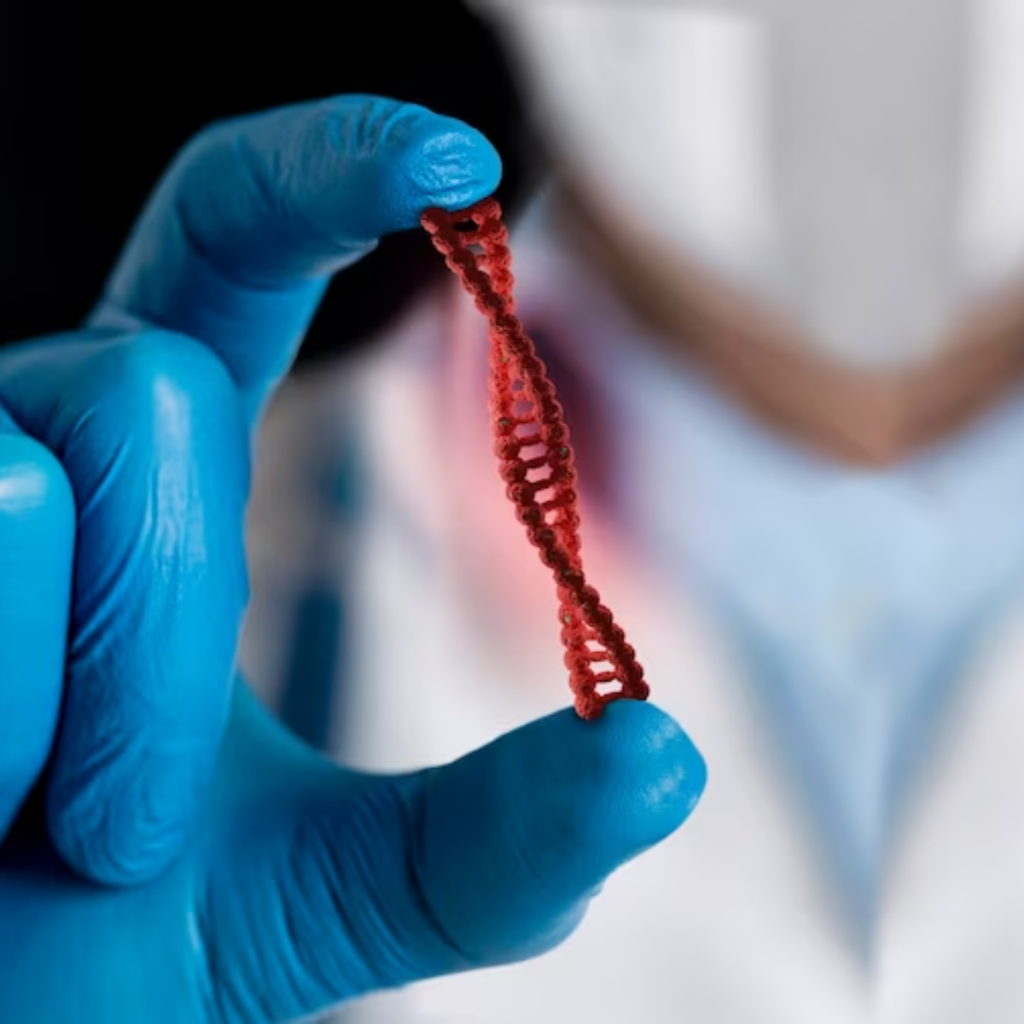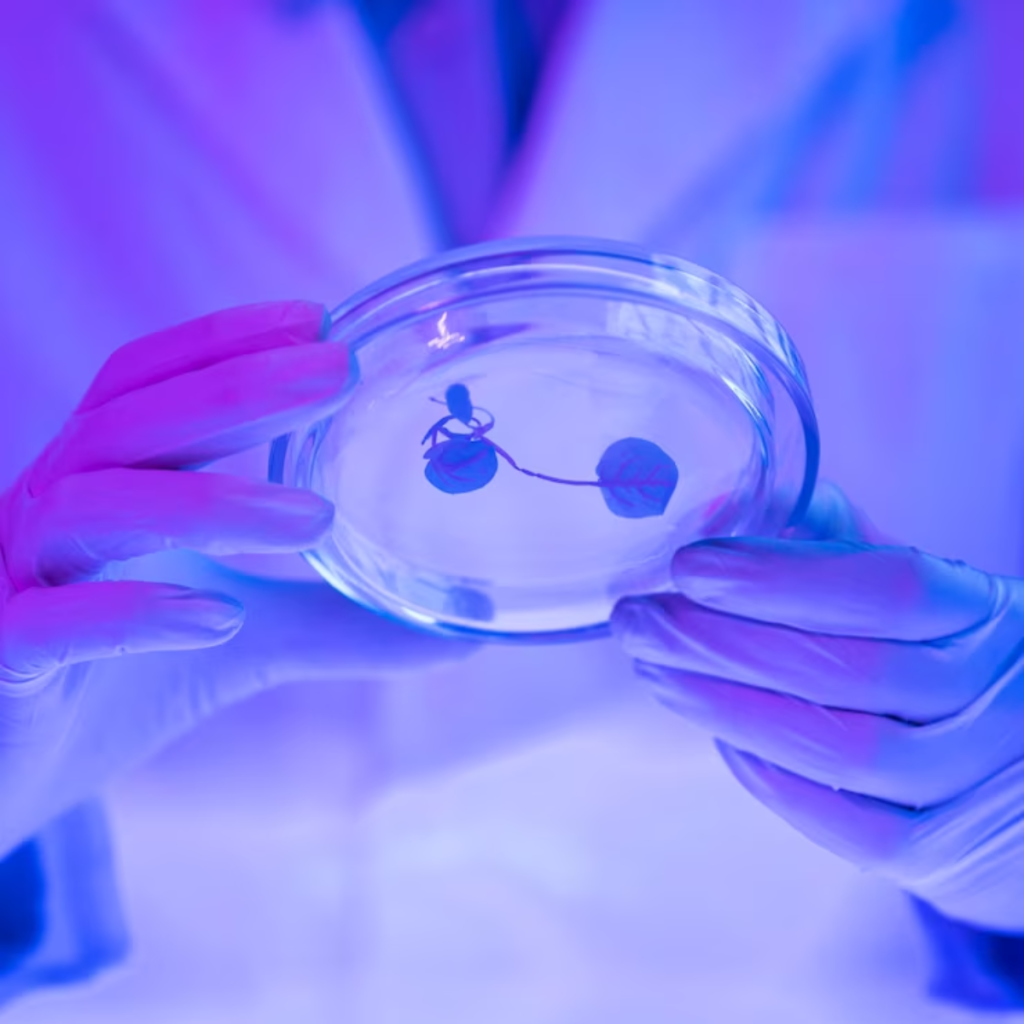Stem Cell Therapy: Life Extension Explained
September 13, 2023

Welcome, curious reader, to the magical world of stem cells and their role in life extension. This isn't your average biology lesson, so buckle up and prepare for a journey through the microscopic universe inside our bodies.
Stem cells, those tiny powerhouses of potential, are the body's master cells. They have the ability to become any type of cell in the body, from brain cells to heart cells, and everything in between. This makes them a key player in the field of life extension, where scientists are working to increase the human lifespan. But how exactly does this work? Let's dive in and find out!

The Basics of Stem Cells
Before we get into the nitty-gritty of stem cell therapy and life extension, let's first understand what stem cells are. These are the cells in our body that have the unique ability to develop into many different types of cells. They're like the body's raw material, from which all other cells are generated.
There are two main types of stem cells: embryonic stem cells, which can turn into more than 200 different types of cells, and adult stem cells, which are more limited and usually only turn into the type of cells found in the tissue where they are located. But don't let their age fool you, adult stem cells are just as important in the world of life extension!
Embryonic Stem Cells
Embryonic stem cells are the body's blank slate. They can become any type of cell, from a neuron in the brain to a muscle cell in the heart. This is known as pluripotency. These cells are usually derived from embryos that are three to five days old.
While they hold great promise for life extension, their use is controversial due to ethical concerns. However, scientists are finding ways to work around this, such as by using induced pluripotent stem cells, which are adult cells that have been reprogrammed to act like embryonic stem cells.
Adult Stem Cells
Adult stem cells, also known as somatic stem cells, are found throughout the body in tissues such as the brain, bone marrow, blood, blood vessels, skeletal muscles, skin, and the liver. They are more limited than embryonic stem cells and usually give rise to the same type of cells found in the tissue where they reside.
However, recent research has shown that adult stem cells may have more plasticity than previously thought, meaning they might be able to generate different types of cells. This is a big deal in the field of life extension, as it opens up new possibilities for regeneration and repair.
Stem Cell Therapy and Life Extension
Now that we've covered the basics, let's delve into the exciting world of stem cell therapy and life extension. The idea is simple: by replacing old, damaged, or dying cells with new, healthy ones, we can potentially extend the human lifespan.
Stem cell therapy involves the use of stem cells to treat or prevent a disease or condition. This could involve transplanting stem cells into a patient, or manipulating a patient's own stem cells in a lab before returning them to the patient. The potential applications are vast, from treating heart disease and diabetes to repairing spinal cord injuries and slowing the aging process.
Stem Cell Therapy in Practice
Stem cell therapies are already being used in the medical field. One of the most well-known examples is bone marrow transplants, which involve replacing diseased bone marrow with healthy stem cells. This can be used to treat conditions such as leukemia and lymphoma.
Other examples include skin grafts for burn victims, where stem cells are used to grow new skin, and treatments for macular degeneration, a leading cause of blindness, where stem cells are used to replace damaged cells in the eye.
Stem Cell Therapy and Aging
One of the most exciting areas of stem cell research is in the field of aging. As we age, our cells become damaged and lose their ability to function properly. This leads to the physical signs of aging, as well as age-related diseases such as Alzheimer's and heart disease.
Stem cell therapy could potentially slow or even reverse this process. By replacing old, damaged cells with new, healthy ones, we could potentially extend the human lifespan and improve quality of life in our later years. This is the goal of life extension research.
The Future of Stem Cell Therapy and Life Extension
While the potential of stem cell therapy for life extension is vast, we are still in the early stages of research. There are many challenges to overcome, from understanding how to control stem cell differentiation, to ensuring the safety and effectiveness of treatments.
However, the future looks bright. With advances in technology and a deeper understanding of stem cell biology, we are moving closer to a future where we can harness the power of stem cells to extend the human lifespan. So, while we may not be popping stem cell pills just yet, the possibilities are certainly exciting.
Challenges and Ethical Considerations
As with any new medical technology, stem cell therapy comes with its own set of challenges and ethical considerations. These include issues such as the source of stem cells, the risk of rejection in transplants, and the potential for uncontrolled cell growth.
There are also ethical concerns around the use of embryonic stem cells, which are derived from embryos. However, scientists are finding ways to work around this, such as by using induced pluripotent stem cells, which are adult cells that have been reprogrammed to act like embryonic stem cells.
Looking Ahead
Despite these challenges, the future of stem cell therapy and life extension looks promising. With ongoing research and technological advancements, we are moving closer to a future where we can harness the power of stem cells to extend the human lifespan.
So, while the journey to life extension through stem cell therapy may be long and filled with challenges, the destination is certainly worth the effort. After all, who wouldn't want to live a longer, healthier life?

Conclusion
And there you have it, a deep dive into the world of stem cell therapy and life extension. From the basics of stem cells, to their use in therapy and the potential for life extension, it's clear that these tiny cells hold a lot of promise.
While we may not be ready to extend the human lifespan just yet, the research is ongoing and the future looks bright. So, here's to the power of stem cells, and the potential for a longer, healthier life. Cheers!

 Back to Blog
Back to Blog